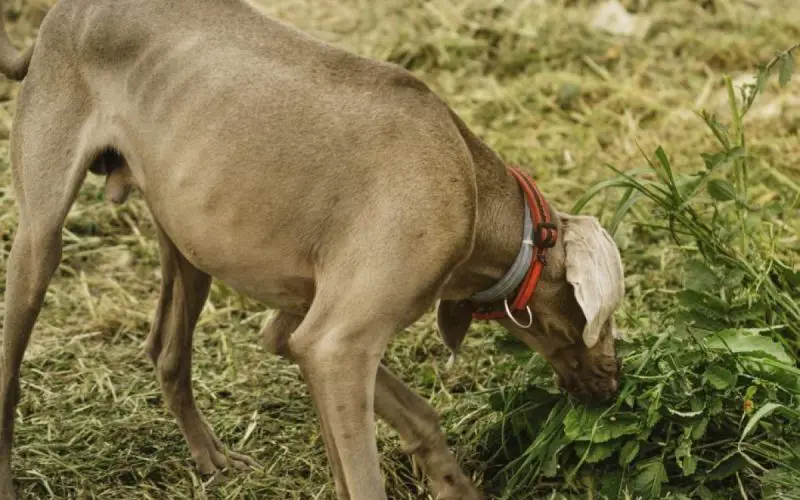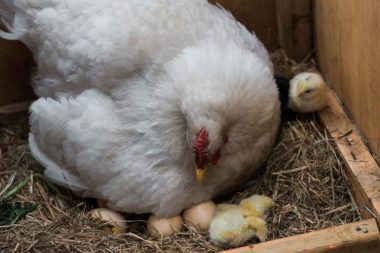Dogs and cats, faithful friends, enrich our lives daily with their companionship. To the point that we receive numerous messages that often mention questions about these dear furballs. Sensible to your concerns, we propose to answer them in this article.
Table of Contents
Contents
Why do dogs eat their feces?
There is no single answer to this question, or even no answer at all.
It has been noticed that a certain genetic propensity for coprophagy can manifest in puppies between the ages of 4 to 10 months. After that, it stops.
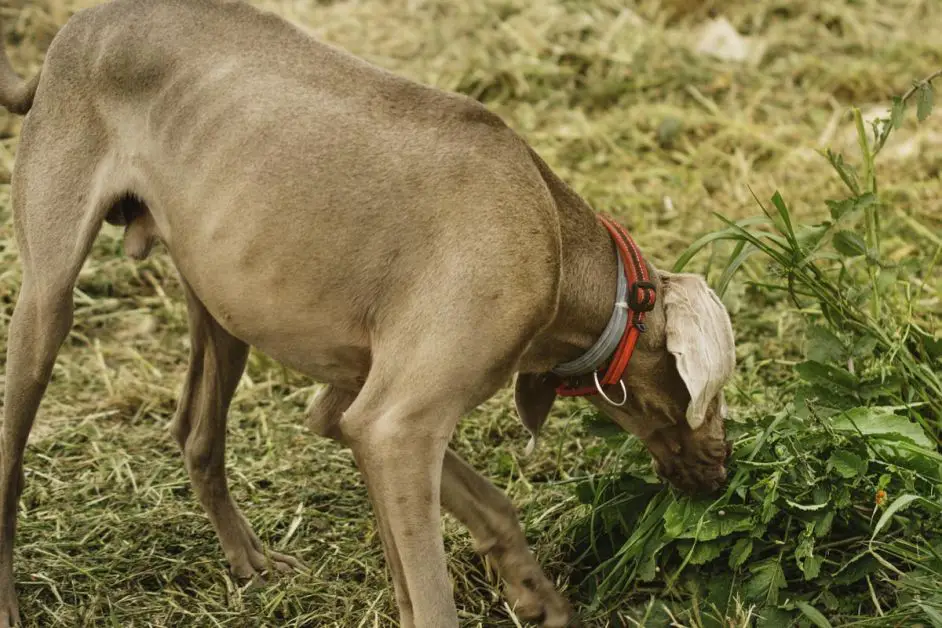
Perhaps in older dogs, it is boredom, a depressive manifestation that leads dogs to eat their feces.
In others, it is a way to detect a cleanliness problem with their owner.
The act of eating feces can be due to the symptom known as malabsorption or pancreatic insufficiency.
There are two main categories: those who eat their own feces and those who eat others’ feces.
Determining which group your dog belongs to will help you in choosing the measures to consider, even if coprophagy is a difficult process to stop.
Monitor your dog and remove its feces before it eats them, increase its play activities, take care of its diet and balance it, these are measures that can prove effective.
What is the difference between canned food and kibble?
None at all. Canned food is identified as wet food and kibble as dry food. They differ in their water content. Wet food contains 80% water compared to 10% in dry food.

At equal quantity, kibble is richer in nutrients than canned food. Substances essential to the health of your dog or cat. Not to mention that kibble has the advantage of being easier to use and transport and is much more economical.
Why do cats mark their territory with urine?
In cats, urine spraying or marking is a way to mark their territory, even though they also mark it with scratches on objects or by rubbing, leaving olfactory marks.
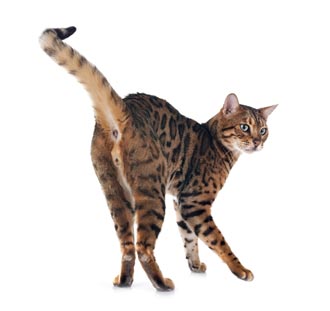 The factor that determines territory marking is usually stress.
The factor that determines territory marking is usually stress.
Calm cats do not feel the need to do it. The reasons for stress in a cat are numerous: moving, renovations, the arrival of a child or another animal in the household.
In many cases, urination is the cause of resentment, especially in indoor cats. While outdoor urine marking poses no problem, indoor marking poses a real problem of cleanliness and/or health.
Consider consulting your veterinarian to rule out any risk of urinary disease. Otherwise, try to find the cause of the stress in order to eliminate it.
Is chocolate good for dogs?
No! Do not confuse the fact that the dog enjoys a food with the fact that it is good for its health.
Many dogs love chocolate, but keep in mind that it is toxic because of theobromine, a molecule found in cocoa

The symptoms are diverse: vomiting and diarrhea are signs of food poisoning. But it is a necessary evil, as these manifestations partially eliminate the toxin.
However, theobromine does not get eliminated through vomiting and diarrhea. It enters the bloodstream and affects the heart, which can trigger an epileptic seizure in dogs.
Death can occur due to cardiac or respiratory arrest. If your pet experiences poisoning, go directly to the veterinarian.
Know that a chocolate bar can kill a medium-sized dog. Dark chocolate is even more harmful than milk chocolate. You must be extra vigilant during holiday periods (Christmas, Easter) and make sure the dog does not eat chocolate.
Facing theobromine, not all dogs are equal. The English Bulldog and brachycephalic breeds (rounded skull and snout) are particularly sensitive.
Why is it said that the cat is a fish eater?
Where does this common idea that cats love fish above all come from? It’s a mystery. As a desert animal, deified by the Egyptians who consumed a lot of fish from the Nile, the myth of the fish-eating cat may have its origins there.
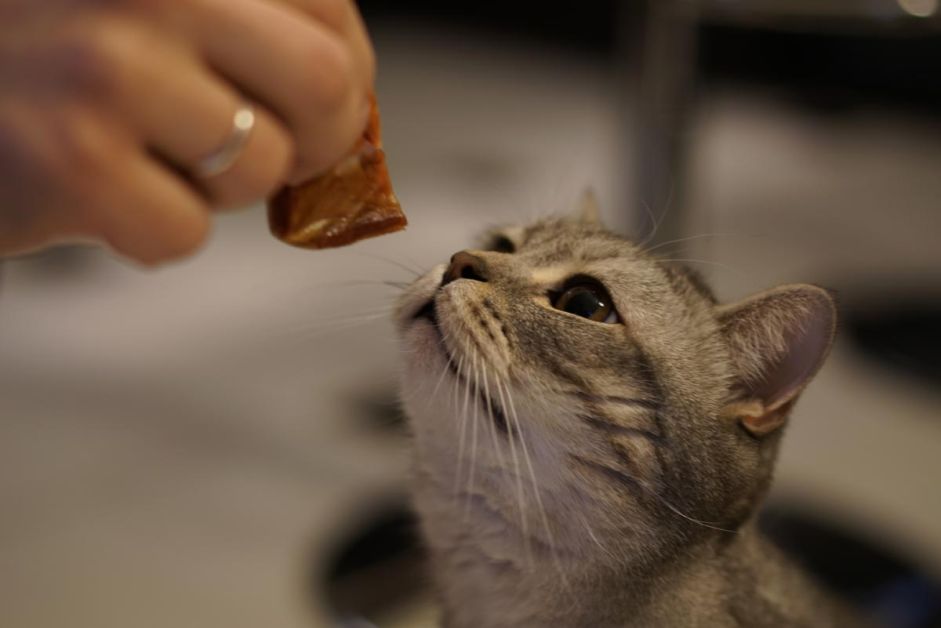
The food preferences of cats (and dogs too) are more related to the smell of the food than to its taste.
Feeding a cat exclusively with raw freshwater fish would lead to nutritional deficiencies, such as vitamin B1 (muscle weakness).
An overconsumption of canned fish in oil leads to inflammation of the abdominal fat (steatitis).
Therefore, it is important to be wary of common ideas and vary the pet’s diet in order to avoid potential deficiencies.
How many times a day should you feed a dog?
It depends on the age and habits of your animal. Before weaning, the puppy suckles its mother and regulates its meal frequency on its own. From weaning, you should give 4 meals a day until the age of 3 months, 3 meals from 3 to 6 months, and then 2 meals from 6 months to one year.
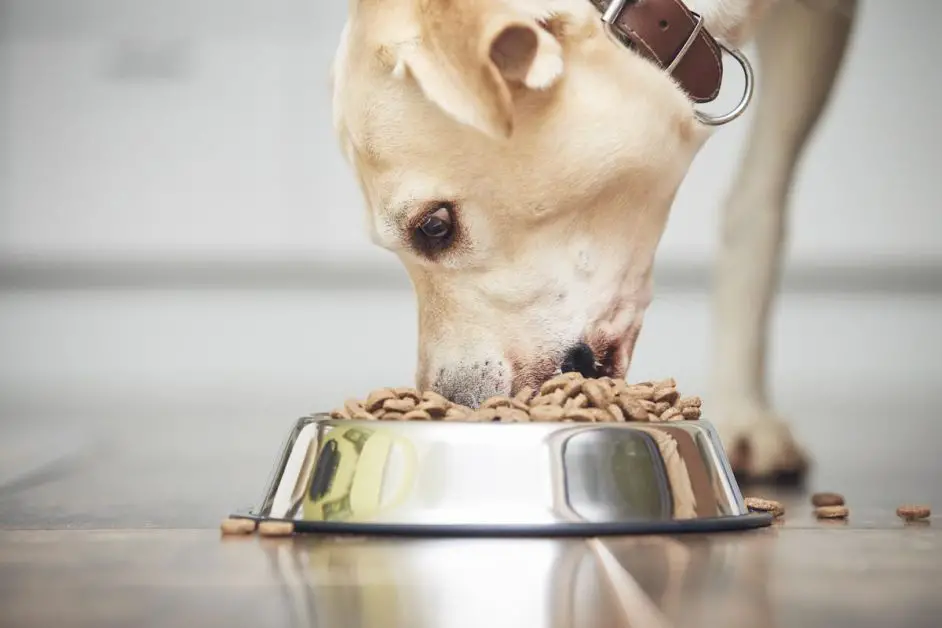
For large dog breeds, the reduction in the number of meals should be spread out over time. For example, 2 meals should be maintained until 18 months for very large dogs.
As for adult dogs, only one meal is given unless your dog eats its food very greedily. In this case, you should divide its food into two servings to avoid poor digestion and vomiting.
It is also preferable to divide the daily ration of large breed dogs to limit the risk of stomach torsion. In older animals, whose digestion is often faulty, the meal will be divided into two or even three portions that will be spread throughout the day.
